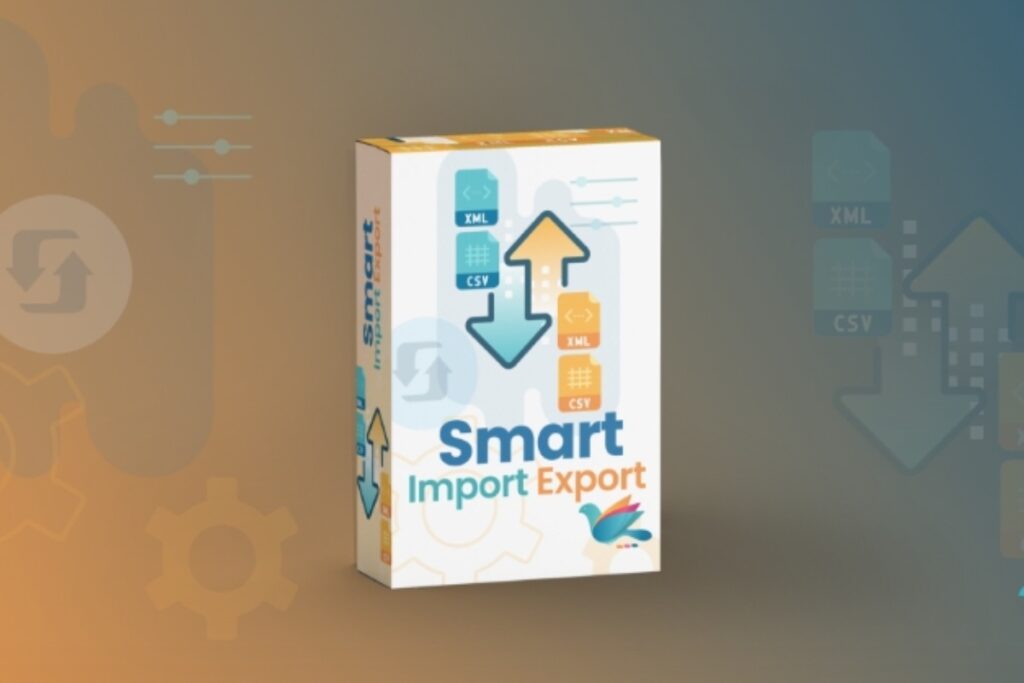Introduction
Smart Export Import Expedition Business Guidance For All Entrepreneurs Dvcodes – The global marketplace is more interconnected than ever, offering entrepreneurs an unprecedented opportunity to engage in export-import businesses. In the modern landscape, the key to success lies in adopting a smart approach that combines efficiency, innovation, and technology. One such strategy is smart export-import expeditions. This article will provide comprehensive guidance to entrepreneurs, specifically focusing on DVCodes – a term that embodies the principles of ‘Digital’, ‘Value’, and ‘Collaboration’. By understanding and implementing the DVCodes framework, aspiring and established entrepreneurs can elevate their ventures to new heights in international trade.
Section 1: Digital Transformation
In today’s global business environment, digitization is no longer an option but a necessity. Embracing digital transformation is the first pillar of the DVCodes framework.
Leveraging E-commerce Platforms

The foundation of smart export-import expeditions starts with a strong online presence. Entrepreneurs should establish a robust e-commerce platform to showcase their products to a global audience. Platforms like Shopify, WooCommerce, and Magento offer excellent opportunities for creating online stores.
Implementing Digital Marketing
Harnessing the authority of digital marketing is essential to reach potential customers worldwide. Employing techniques like search engine optimization (SEO), social media marketing, and email marketing can enhance visibility and customer engagement.
Utilizing Data Analytics
Data is invaluable for making informed decisions. Leveraging data analytics tools can help entrepreneurs analyze market trends, understand customer behavior, and optimize their supply chain for maximum efficiency.
Section 2: Value-Centric Approach
To stand out in the competitive export-import landscape, entrepreneurs must prioritize providing value to their customers. A value-centric approach forms the second pillar of the DVCodes framework.
Quality Products and Services
Offering high-quality products and services is non-negotiable. Entrepreneurs should focus on sourcing quality goods and ensuring they meet international standards. Quality assurance and certifications are essential in this regard.
Competitive Pricing

While quality is crucial, competitive pricing is equally important. Smart entrepreneurs balance quality and affordability to attract a broad range of customers.
Customer-Centricity
Entrepreneurs should prioritize customer satisfaction by offering excellent customer service, addressing queries promptly, and providing after-sales support. Building strong customer relationships can cause repeat business and positive word-of-mouth.
Section 3: Collaboration and Networking
No export-import expedition can thrive in isolation. Collaborating and networking with various stakeholders is the third key component of the DVCodes framework.
Supply Chain Partnerships
Strategic partnerships with suppliers, logistics providers, and distributors can streamline operations and reduce costs. Collaborative supply chain management is essential for the success of any export-import venture.
Trade Associations and Chambers of Commerce
Entrepreneurs should actively engage with trade associations and chambers of commerce in their home country and target markets. These organizations can provide valuable insights, networking opportunities, and assistance with trade regulations.
Online Marketplaces

Leveraging online marketplaces like Alibaba, Amazon, and eBay can deliver access to a vast customer base. Entrepreneurs should explore these platforms as a means to expand their reach.
Section 4: Overcoming Export-Import Challenges
Smart export-import expeditions are not without challenges. Entrepreneurs must anticipate and address these obstacles to ensure the sustainability of their businesses.
Regulatory Compliance:
Navigating complex regulations and customs requirements in various countries can be daunting. Invest in expert guidance from customs brokers and legal consultants to overcome this challenge. Stay updated on changing trade laws and agreements, and implement robust compliance procedures to ensure all necessary permits and documentation are in order.
Currency and Payment Risks:
Fluctuating exchange rates and payment risks can affect profit margins. Mitigate these risks by using forward contracts or currency hedging strategies. Employ secure payment methods, like letters of credit or escrow services, to safeguard financial transactions.
Supply Chain Management:
A disrupted supply chain can lead to delays and increased costs. Form strong relationships with reliable suppliers and logistics partners. Implement technology solutions, such as supply chain management software, for real-time tracking and inventory control.
Tariffs and Trade Barriers:

Tariffs and trade restrictions can hinder market access. Thoroughly research target markets and take advantage of preferential trade agreements when applicable. Seek expert advice to minimize tariff costs and navigate trade barriers effectively.
Documentation and Record-Keeping:
Accurate and timely documentation is vital for customs clearance and compliance. Utilize digital documentation systems to reduce manual errors. Keep detailed records of all transactions, contracts, and shipping documents, ensuring they align with local and international standards.
Section 5: Emerging Trends in Smart Export-Import
The landscape of export-import is continually evolving. Remaining ahead of the curve is vital for entrepreneurial success.
Sustainability and Eco-Friendly Practices:
Consumers and businesses increasingly seek eco-friendly and sustainable products as environmental consciousness grows. Export-import entrepreneurs adapt by incorporating sustainable sourcing, manufacturing, and distribution practices. This trend aligns with global sustainability goals and caters to a growing market segment.
E-commerce Integration:
The integration of e-commerce platforms with export-import businesses is a transformative trend. Omni-channel strategies that combine traditional trade with online sales channels are gaining prominence. Entrepreneurs are leveraging the power of e-commerce to enlarge their global reach and connect with a broader customer base.
Artificial Intelligence and Automation:

The approval of artificial intelligence and automation is streamlining export-import processes. Entrepreneurs use AI-driven solutions for logistics optimization, inventory management, and customer service, increasing efficiency and reducing operational costs. These technologies enhance decision-making and responsiveness in a rapidly changing global market.
Conclusion
Hence, smart export import expedition business guidance for all entrepreneurs dvcodes represent a promising avenue for entrepreneurial success in today’s global economy. Embracing the DVCodes framework, which comprises digital transformation, a value-centric approach, and collaboration and networking, can guide entrepreneurs on their journey to international trade success.
While challenges and obstacles are inevitable, the potential rewards are substantial. With a deep understanding of the export-import landscape, a commitment to delivering value, and the adept use of digital tools, entrepreneurs can navigate the intricate world of international trade and build thriving businesses. By staying attuned to emerging trends and adopting innovative strategies, they can unlock new opportunities and take their export-import expeditions to unprecedented heights.


